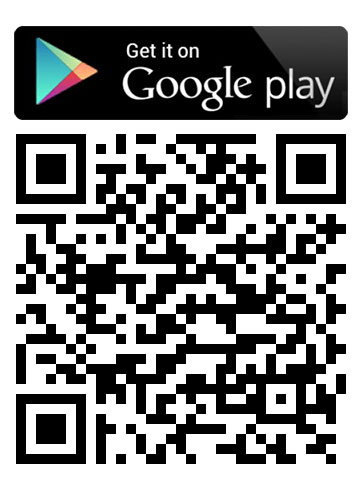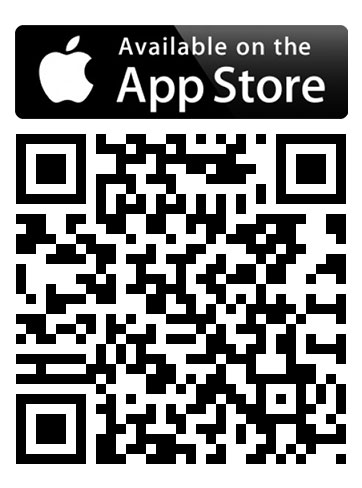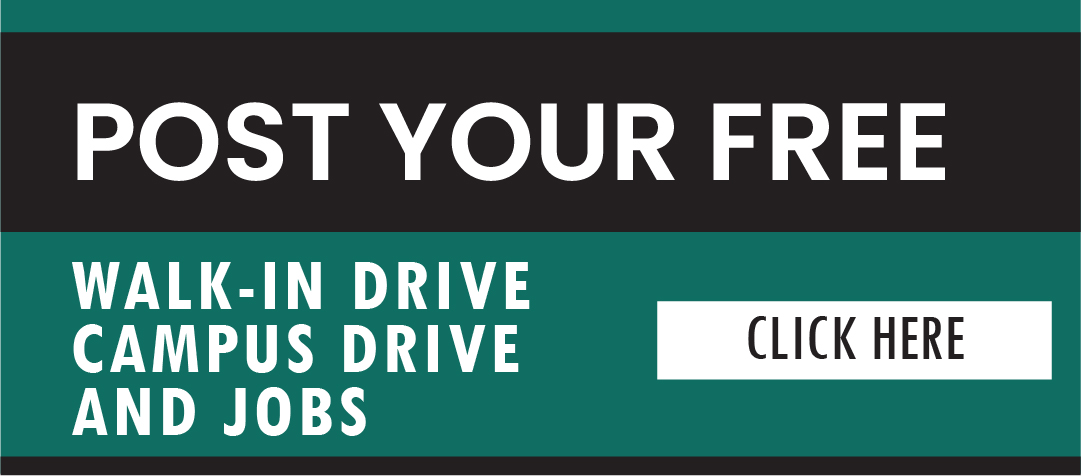The Role of Well-being Assessments in Workplace Wellness
For a period of time, everything might look good from the outside in a workplace. Employees are showing up on time, deadlines are being met, meetings are running smoothly, dashboards are regularly updated, and so on. But there is something that corporate companies ought to pay more attention to, which is signs of burnouts among employees. Neglecting this can lead to mental fatigue and emotional disconnection, which results in lower productivity and growth. This is where well-being assessments are making a quiet but powerful difference.
Why wait until something breaks?
Most workplaces are reactive when it comes to mental health. A team member takes a sudden long leave. A top performer becomes unusually disengaged. It is only then that questions are asked, but most of the times, it is too late.
Well-being assessments change this reality. Instead of waiting for a breakdown, they help employers look into the mental and emotional patterns of their workforce early on. It is not about diagnosing problems. It is about listening better, more often, and with empathy.
What a good well-being assessment really does
Forget the generic surveys with five-star ratings and vague questions. A truly effective well-being assessment not only collects data but also interprets it meaningfully. It gives people the space to reflect, and leaders the tools to respond.
Here is what that might look like in a healthy workplace:
• A manager notices that team energy is dropping, so they review the latest well-being insights to check for emerging patterns.
• HR uses anonymised feedback from an assessment to redesign the upcoming workload distribution.
• A new employee shares, through the assessment, that they are struggling to feel connected, which gives the team a chance to act early.
These assessments act as a mirror to the emotional and mental environment of your organisation.
Real culture change is beyond perks
The truth is that gym memberships and free snacks won’t fix burnout. Wellness is not about perks. It is about feeling seen, heard, and supported. When a company includes well-being assessments as part of its DNA, it sends a clear message: “We care not just about what you produce, but how you feel while doing it.”
Employees who feel safe to speak up, even through anonymous tools, tend to stay longer, contribute more meaningfully, and build better relationships across teams. This is the kind of quiet, sustainable engagement that no incentive program can buy.
How HireMee’s Holistic Well-being Assessment does it
HireMee’s Holistic Well-being Assessment is not just about the tool but also the thought behind it.
Instead of relying on surface-level questions, the assessment is built on the PERMAH model, which deep dives into six core dimensions of well-being:
• Positive Emotion
• Engagement
• Relationships
• Meaning
• Accomplishment
• Health
This framework allows organisations to look deeper beyond basic satisfaction scores and understand how employees truly experience their workday, their team, and their purpose. What is even more useful is the customised reporting that pinpoints what is working and what is not.
well-being assessments give workplaces the visibility they need to do better, with empathy, clarity, and data that makes the real difference. Because the most productive teams are not the ones that work the hardest. They are the ones that feel the most supported.







